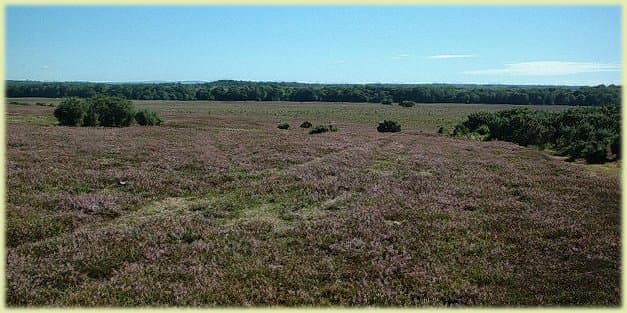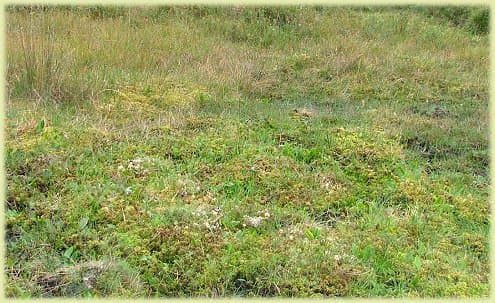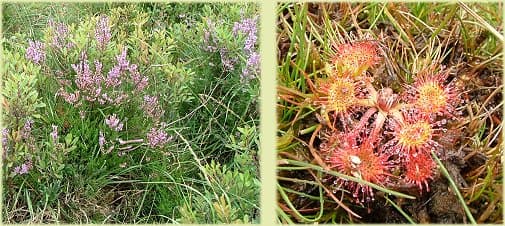New Forest bogs & wetlands
New Forest
bogs & wetlands
Overview
The bogs and wetlands of the New Forest are a very important kind of habitat, and the presence of them throughout the Forest helped contribute to the area’s designation of an SAC, or Special Area of Conservation – a European Designation to ensure better protection and management for delicate areas.
The wetland areas appear throughout the New Forest, in low-lying areas of heathland, probably the Forest’s most important habitat. They differ in terms of size, with some bogs being under a few hundred square feet and other areas being much larger, but all share the same basic characteristics, flora and fauna.
Some New Forest bogs may support year-round ponds which attract a good variety of insect, invertebrate and amphibian life, as well as offering fresh drinking holes for the New Forest ponies, cattle and deer.
Other bogs may just be wet under-foot, with no apparent permanent source of surface water like a pond of stream.
Wildlife of the New Forest bogs
The most notable difference between an area of wetland and dry Forest heathland is the vegetation. Heather covers the majority of heathlands throughout the Forest, and this hardy, low-lying plant also inhabits the boggy areas. But growing alongside the heather in abundant quantities are various species of grass, rushes and sedges.
Bog myrtle is also very common, a fairly low-growing (less than 1m tall) shrub with olive-green leaves and a distinctive herby-pine smell. At ground level, sundew can be found, as well as a number of different species of moss and lichens.
Sundew are tiny carnivorous plants that secrete a sticky liquid to cover their flowers. When small insects, such as midges, land on the flower they get stuck and the body is slowly broken down and digested by the plant.
The delicacy of New Forest bogs
The bogs throughout the New Forest have recently been undergoing a major conservation effort, and many have been restored to good health.
The ‘Sustainable Wetland Restoration in the New Forest‘ Life3 project succeeds the Life2 project to further understand and restore the bogs and mires of the New Forest. The Life projects have been undertaken jointly by bodies such as the Forestry Commission, National Trust and Natural England, and have received generous grants from the European Parliament in line with the New Forest being an SAC.
The boggy areas are easily churned up by roaming ponies and cattle, especially after particularly wet spells. Human foot-traffic can also play a major part in the damage, and many paths have been reinforced around such areas. Heather matting has been laid in spots that are particularly prone to erosion, and delicate banks have been sured up with timber panelling.
To help with the conservation effort, visitors to the New Forest should view the bogs from either the paths or from the more solid, dry heathland at the edge of the boggy areas.
If you have inadvertently cut across the Open Forest and find yourself surrounded by bog that you have to cross, take great care and tread lightly. Try and keep to the raised hummocks, and find the shortest and quickest route to drier land!
Animals of all varieties can be found around the New Forest bogs. Where there are permanent ponds and streams, the animal life is greater, and includes frogs and toads, newts and grass snakes, as well as many other small water invertebrae and insects.
Related Pages:

Why Time in Nature Complements Daily Astrological Guidance
Many of us start the morning with a quick look at our horoscope. A few lines can help name our mood, highlight a tension, or point out an opening in the day. What often gets
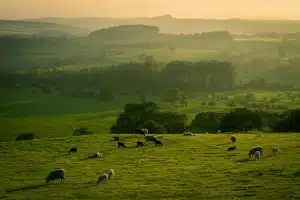
UK’s best natural spots
Wilderness escapes are not for everyone, that’s for sure. Some people simply prefer holidays where they can lounge all day and take it easy instead of being active, going hiking, swimming, or cycling. But there
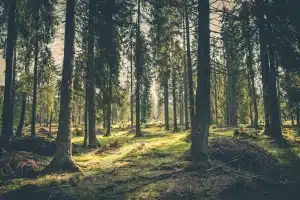
Tech Hacks for Exploring the New Forest National Park
The New Forest National Park in the UK is one of Britain’s most enchanting natural destinations. Covering ancient woodlands, open heathlands, and winding walking trails, it offers visitors a chance to step back in time
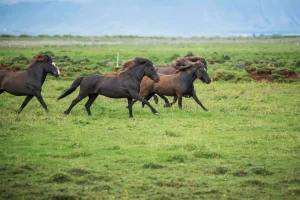
The Benefits of Outdoor Life for Horses
Life outdoors shapes stronger, healthier horses. Sunlight fuels the body with vitamin D, which helps bones grow dense and resilient. Space allows movement that stables cannot match. A horse stretching into stride, breathing clean air,

New Forest Getaway
The New Forest in southern England is unlike anywhere else, one moment you’re on a country lane, the next you’re face to face with a pony blocking traffic. Villages with thatched roofs appear out of

How Satellite Imagery is Transforming Wildlife Conservation
Today, a myriad of species and their habitats are struggling to survive and are on the verge of extinction due to permanent pressure on deforestation, climate change, and unlawful activities like illegal mining and logging.

